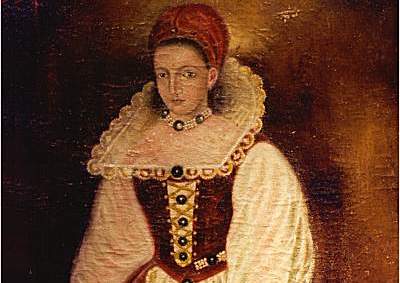Born in 1560, the cousin of the Hungarian noble Stefan Báthory, Countess Elizabeth Báthory was brought up in a renowned family with all the trappings of nobility. Engaged at 15, Elizabeth quickly learned how to manage the business affairs of the house as her husband commanded the Hungarian troops against the Ottomans. She had seven children and seemed every bit the respectable wife and mother.
However, between 1602 and 1604 strange and vicious rumours about Elizabeth began to circulate. The authorities eventually became involved and collected testimony from over 300 witnesses. They told tales of Báthory’s cruelty, torture and murder of adolescent daughters of local peasants.
Báthory would lure them to the castle with offers of paid work before brutally killing them. She was also known to kill girls sent to her to learn courtly etiquette, as well as abducting girls. Báthory had allegedly been seen administering severe beatings, as well as burning or mutilating their hands. Some stories told tales of her personally biting the flesh from the faces of her victims, then freezing or starving them to death. Certain people were identified to have kept Báthory supplied with young women by deception or force.
When the authorities went to Báthory’s castle they reportedly discovered one girl dead, another on the edge of death and multiple others locked up. Although the countess was put under house arrest, she avoided further punishment because of her noble status. The exact number of Báthory’s victims is unconfirmed, with the estimates ranging from 36 to a staggering 650. The official count given was 80, and three of her accomplices were condemned to death and burned at the stake.
Báthory, meanwhile, was sentenced to life imprisonment inside her castle. She was bricked up in a set of rooms with small slits to allow food to be passed through; she remained in her prison for four years until her death.
Subscribe to All About History now to learn more about the darker side of history.
